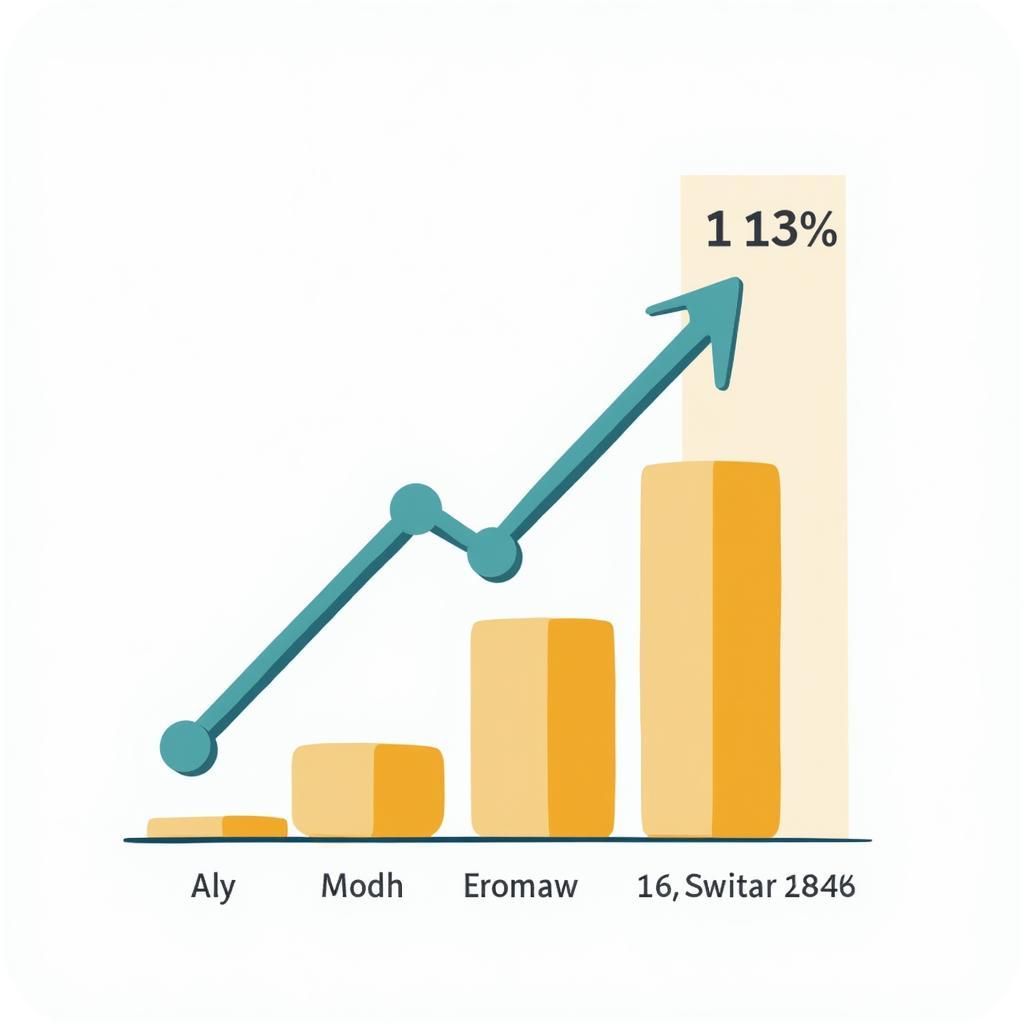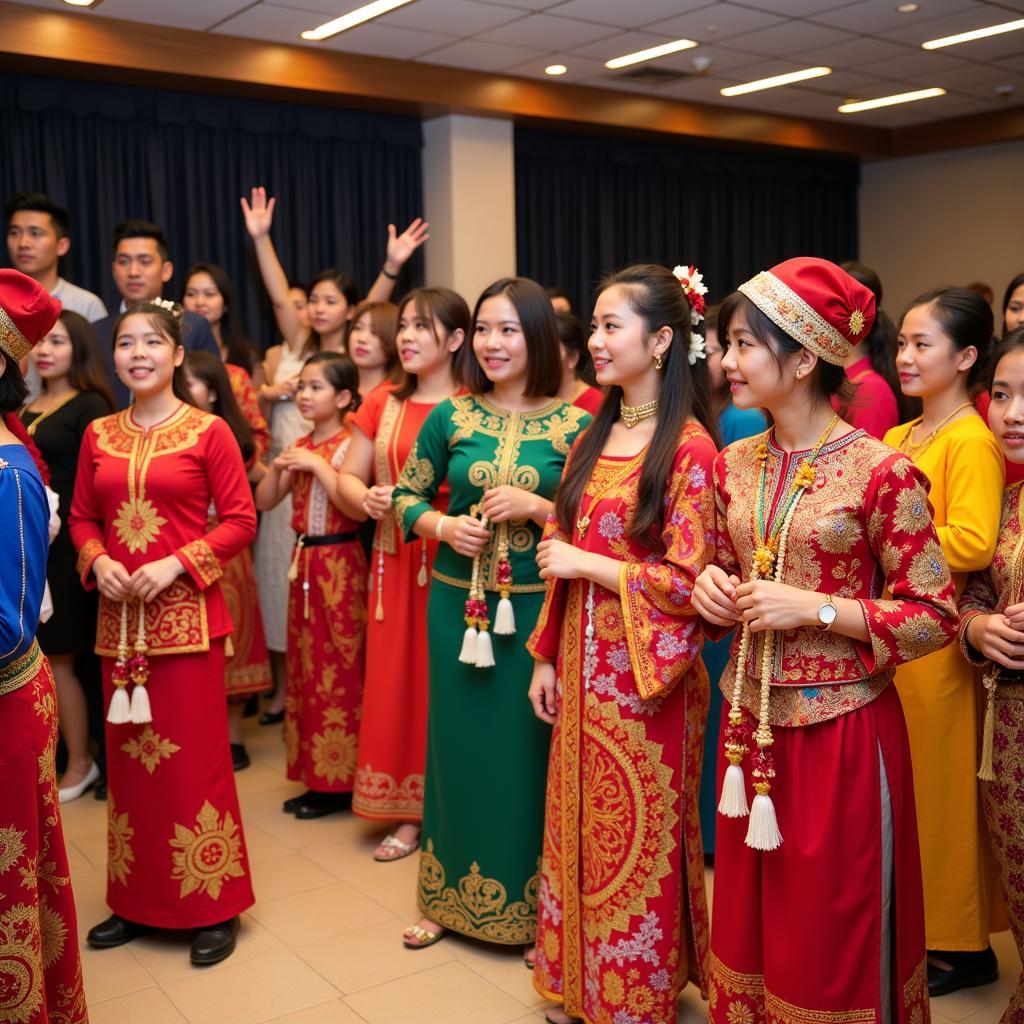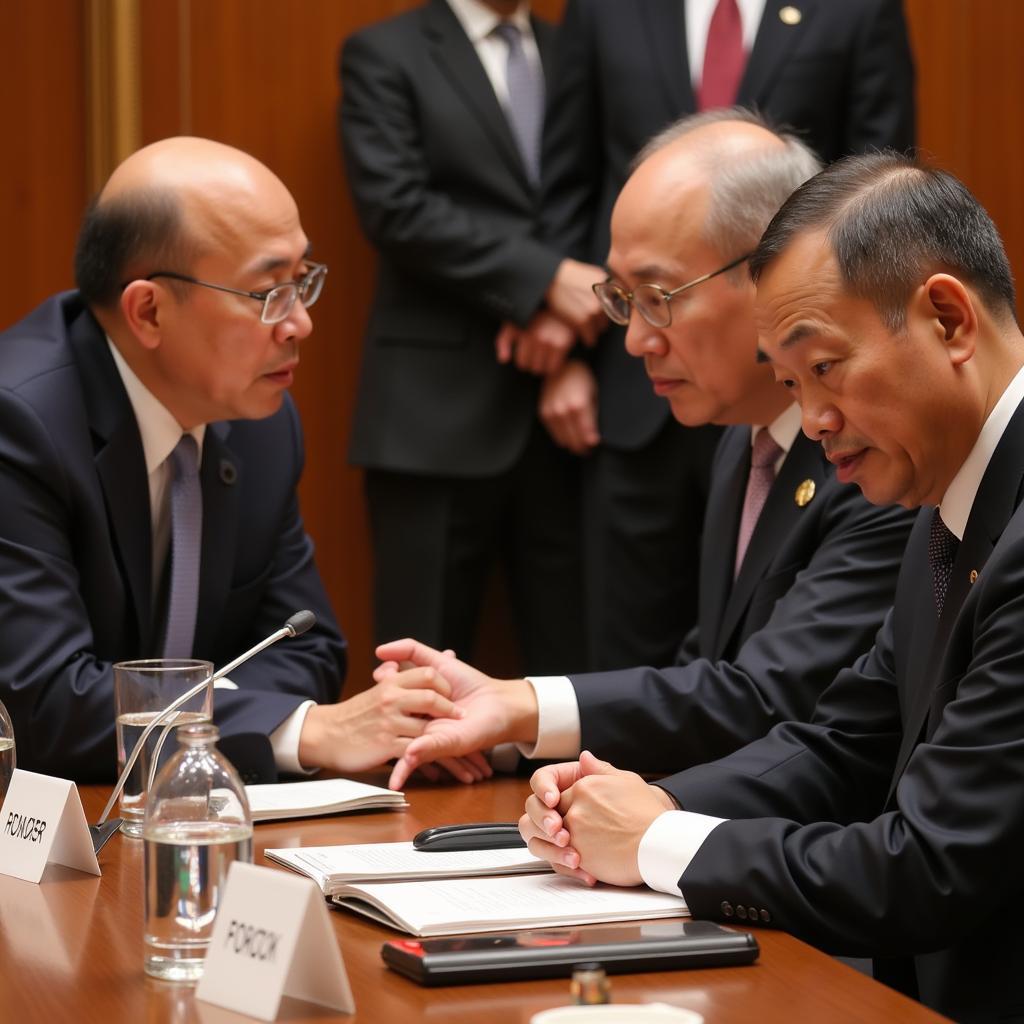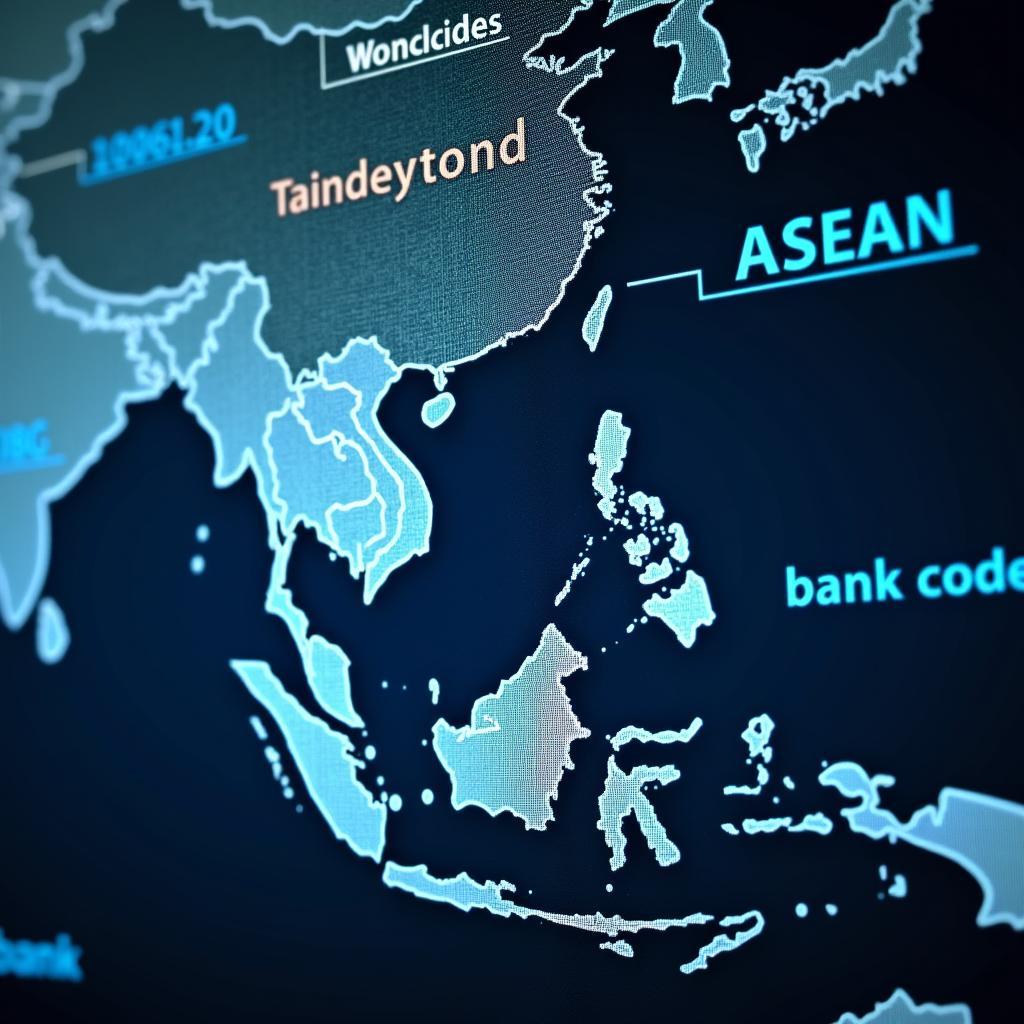The Association of Southeast Asian Nations (ASEAN) stands as a testament to regional cooperation and integration in Southeast Asia. Established in 1967, ASEAN’s primary aims have consistently revolved around fostering peace, stability, and prosperity within its member states and beyond. This article delves into the multifaceted objectives that drive ASEAN’s initiatives and shape its vision for a vibrant and interconnected Southeast Asia.
Fostering Economic Growth and Integration
One of ASEAN’s fundamental aims is to accelerate economic growth, social progress, and cultural development across its diverse member states. This commitment is realized through a range of initiatives designed to bolster trade, investment, and economic cooperation.
The ASEAN Economic Community (AEC), established in 2015, epitomizes this ambition. The AEC envisions a single market and production base characterized by the free flow of goods, services, investment, and skilled labor. By eliminating trade barriers and harmonizing economic policies, ASEAN seeks to enhance its global competitiveness and attract foreign direct investment.
 ASEAN economic growth
ASEAN economic growth
Maintaining Peace and Security in the Region
Beyond economic prosperity, ASEAN places paramount importance on maintaining peace and stability within the region. This commitment is enshrined in the ASEAN Charter, which underscores the principles of mutual respect for sovereignty, territorial integrity, and non-interference in the internal affairs of member states.
The Treaty of Amity and Cooperation in Southeast Asia (TAC), signed in 1976, further reinforces ASEAN’s dedication to peaceful coexistence. It promotes the peaceful settlement of disputes, renunciation of the threat or use of force, and active collaboration on regional security challenges.
Promoting Social and Cultural Development
Recognizing that true progress encompasses social and cultural dimensions, ASEAN actively promotes cooperation in areas such as education, health, human resource development, and environmental protection.
The ASEAN Socio-Cultural Community (ASCC) serves as a pillar for these endeavors. The ASCC strives to enhance the well-being of ASEAN citizens by addressing social disparities, promoting inclusiveness, and fostering a shared sense of identity and community.
 ASEAN cultural exchange
ASEAN cultural exchange
Enhancing ASEAN’s Global Role
While prioritizing regional cooperation, ASEAN also aspires to play a more proactive and influential role on the global stage. ASEAN actively engages in dialogue and cooperation with external partners, including major powers and international organizations.
ASEAN’s commitment to multilateralism and its role as a convener of regional forums have earned it recognition as a constructive force in global affairs. The organization leverages its collective voice to address transnational challenges such as climate change, terrorism, and pandemics.
Conclusion: A Vision for a Dynamic and Integrated ASEAN
The aims of ASEAN extend far beyond geographical boundaries, encompassing a vision for a more peaceful, prosperous, and interconnected world. By fostering economic integration, upholding regional stability, promoting social progress, and strengthening global partnerships, ASEAN strives to create a brighter future for its people and contribute meaningfully to the international community.
For those seeking to learn more about the specific initiatives and achievements of ASEAN, a wealth of information is available on the aims and purposes of asean webpage. This comprehensive resource provides valuable insights into the organization’s multifaceted endeavors.
 ASEAN Leaders' Summit
ASEAN Leaders' Summit
Frequently Asked Questions about ASEAN’s Aims
1. What is ASEAN’s primary goal?
ASEAN’s fundamental goal is to promote peace, stability, and prosperity among its member states through economic, political, social, and cultural cooperation.
2. How does ASEAN promote economic growth?
ASEAN fosters economic growth by reducing trade barriers, encouraging investment, facilitating trade agreements, and promoting economic integration among member countries.
3. What is ASEAN’s stance on territorial disputes?
ASEAN advocates for the peaceful settlement of territorial disputes through dialogue and diplomacy, based on international law and the principles of the UN Charter.
4. How does ASEAN address social issues?
ASEAN addresses social issues through initiatives focused on poverty reduction, education, healthcare, human rights, and environmental protection.
5. What is ASEAN’s role in global affairs?
ASEAN plays an active role in global affairs by engaging in dialogue, promoting multilateralism, and collaborating with international partners on shared challenges.
Need assistance? Please contact us:
Phone Number: 0369020373
Email: aseanmediadirectory@gmail.com
Address: Thon Ngoc Lien, Hiep Hoa, Bac Giang, Vietnam
Our dedicated customer support team is available 24/7 to assist you.


